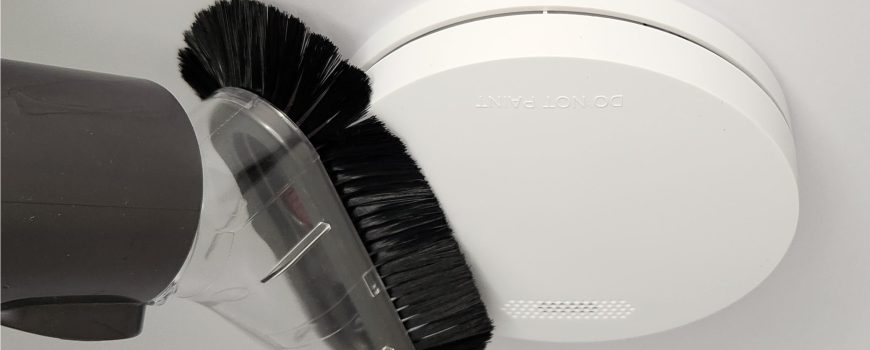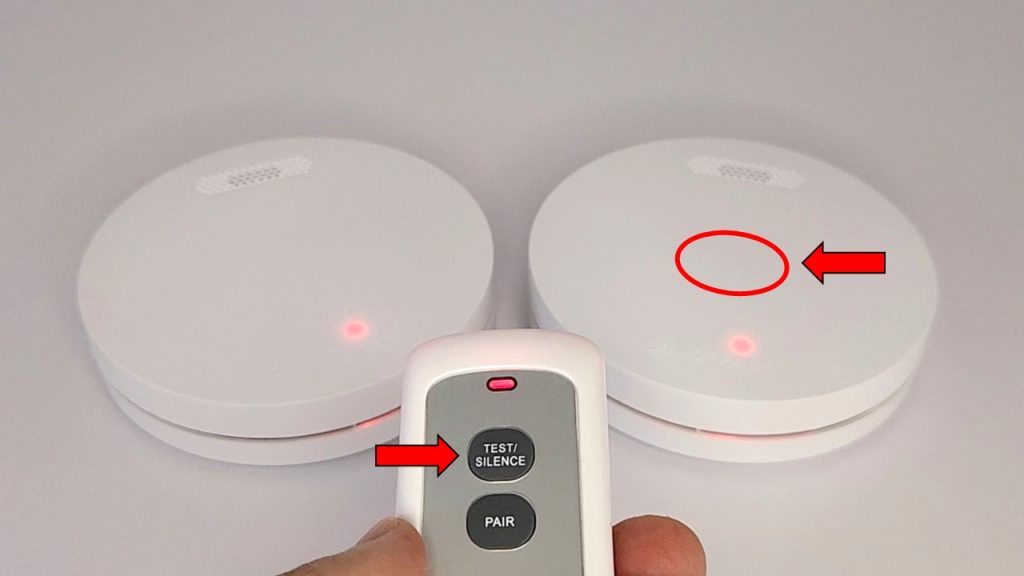Blog
Cleaning And Testing Your ZEN Smoke Alarms!

Learn how to test and clean your ZEN interconnected photoelectric smoke alarms to maintain their peak performance for a full 10-year lifespan.
Testing Your Interconnected Photoelectric
ZEN Smoke Alarms
It is recommended to test ZEN Smoke Alarms monthly. The smoke alarm test sequence should take no more than 10 seconds and will silence automatically.
How to test your ZEN Smoke Alarms:
- Press the test button once on the remote control or push down on the centre surface of any smoke alarm.
- When the alarm sounds loud and clear and is accompanied by a red flashing light it means your smoke alarm is working correctly. If the smoke alarm sounds weak, does not sound at all, or the red light does not flash, you may need to replace the smoke alarm.
- Allow the smoke alarms to finish their full test sequence without pressing any other buttons – all other interconnected smoke alarms will silence automatically within 10 seconds.

It is not recommended to use real smoke, or any other means to test your photoelectric smoke alarms – doing so can degrade the internal photoelectric sensors, which may induce random nuisance alarming or could even reduce the photoelectric smoke alarm’s overall life expectancy.
Cleaning Your Interconnected Photoelectric
ZEN Smoke Alarms
How to clean your ZEN Smoke Alarms
How to clean your ZEN Smoke Alarms:
- Clean your ZEN Smoke Alarm monthly by gently vacuuming around it with the soft brush attachment from a vacuum cleaner. Do not spray chemical cleaning agents onto the smoke alarm as this may confuse the sensor and induce nuisance alarming.
- Be sure to remove cobwebs or any other interference material from the ceiling area around your photoelectric smoke alarms.
Correct Photoelectric Smoke Alarm Placement
It is important that your interconnected photoelectric ZEN Smoke Alarms are installed in the correct locations within your home. Avoid installing photoelectric smoke alarms in areas such as kitchens, bathrooms or laundry rooms, where very high humidity or temperature changes can affect their performance. Do not install photoelectric smoke alarms outdoors, in semi-enclosed areas, or in rooms subject to excess dust (i.e. garages). The ‘recommended placement’ section on our website homepage provides further guidance on exactly where smoke alarms should / should not be installed.

Want to know more? Watch our ZEN Smoke Alarm YouTube channel or call us on 0478 596 402 today
We love talking smoke alarms!
ZEN Photoelectric Smoke Alarms
New Farm, QLD, 4005
